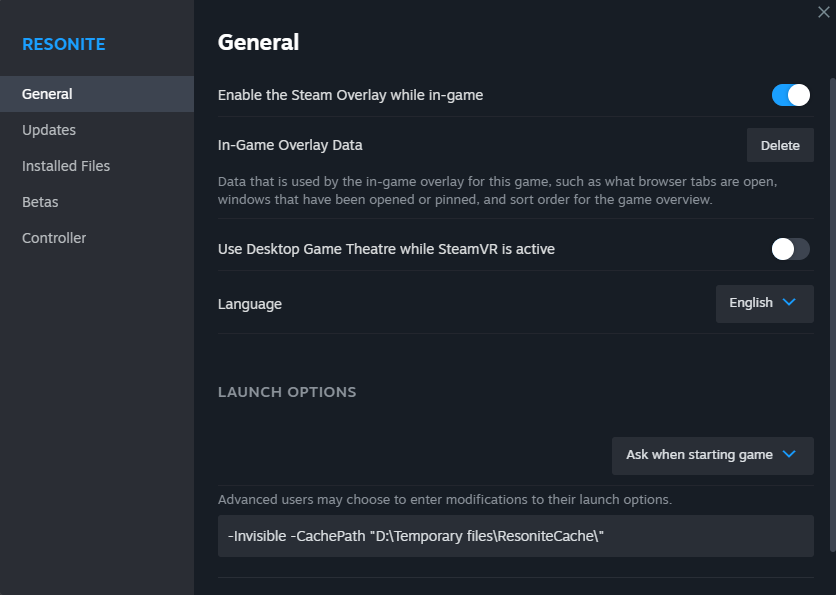Marked this version for translation |
m Add translation categorization https://meta.wikimedia.org/wiki/Meta:Internationalization_guidelines#Categorization |
||
| (2 intermediate revisions by 2 users not shown) | |||
| Line 4: | Line 4: | ||
== <translate><!--T:2--> Triggering a manual repair</translate> == | == <translate><!--T:2--> Triggering a manual repair</translate> == | ||
<translate><!--T:3--> You can trigger a database repair manually by using the <code>-RepairDatabase</code> command line argument.</translate> | <translate><!--T:3--> You can trigger a database repair manually by using the <code>-RepairDatabase</code> [[Special:MyLanguage/Command Line Arguments|command line argument]].</translate> | ||
<translate><!--T:4--> Using this command line argument, differs depending on your platform, please follow the guidance below for your platform.</translate> | <translate><!--T:4--> Using this command line argument, differs depending on your platform, please follow the guidance below for your platform.</translate> | ||
| Line 12: | Line 12: | ||
{{SteamCommandLineArguments}} | {{SteamCommandLineArguments}} | ||
[[Category:Troubleshooting]] | [[Category:Troubleshooting{{#translation:}}]] | ||
Latest revision as of 06:34, 22 August 2025
Occasionally Resonite's local database may need a repair. This can be due to a number of factors, some of which may trigger automatic database repair.
Triggering a manual repair
You can trigger a database repair manually by using the -RepairDatabase command line argument.
Using this command line argument, differs depending on your platform, please follow the guidance below for your platform.
For the Steam build
- Open Steam
- Right click on Resonite in your library
- Select "Properties" and then "Set Launch Options".
- Enter the command you need to use, exactly as it appears above and Run Resonite.
Now, if Resonite is launched via Steam, the custom command line arguments will take effect.
Commands entered via this method will not take effect if Resonite is launched any other way, such as directly launching the Resonite.exe.
